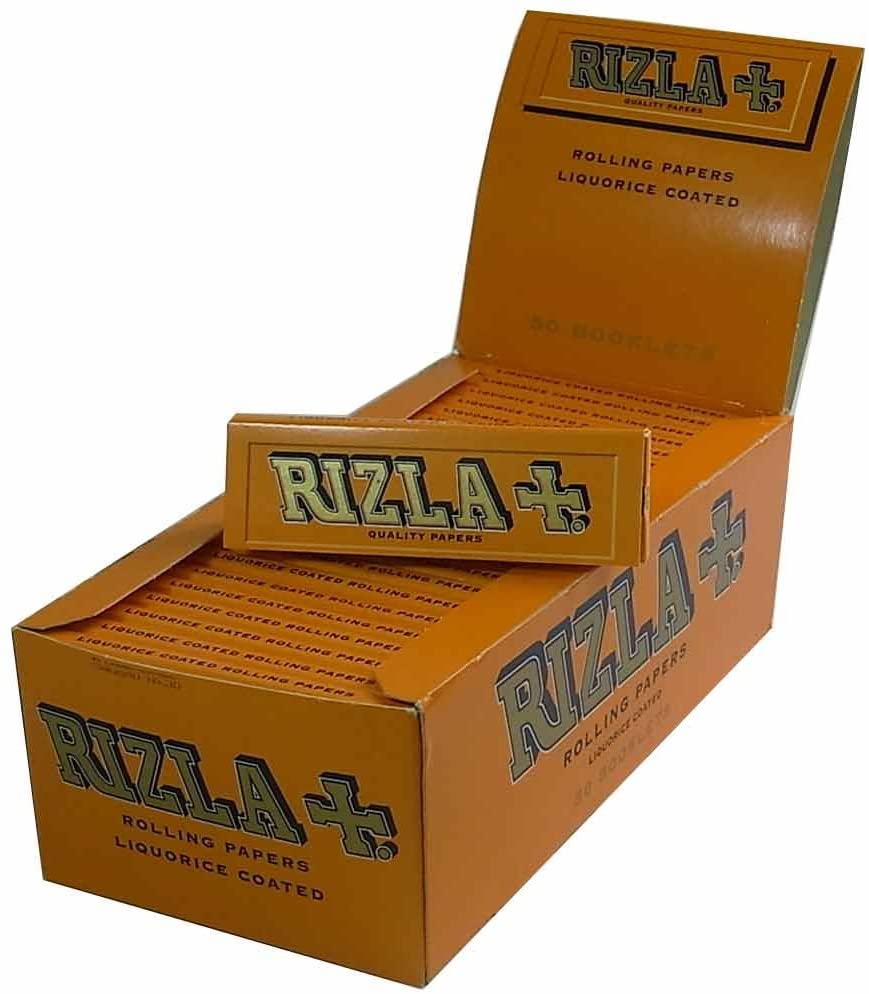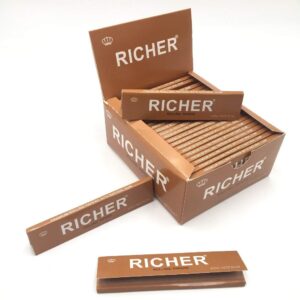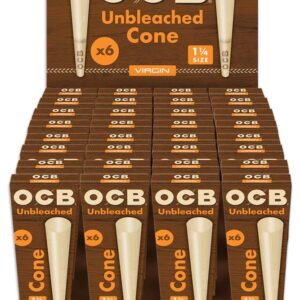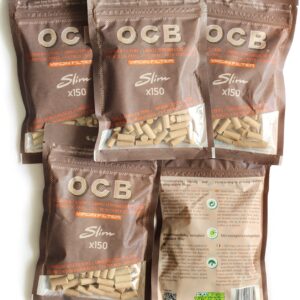Description
Choosing the right rolling paper for your cannabis-loving lifestyle can be more difficult than it may at first seem. With several brands of roll-your-own (RYO) paper saturating the global market, distinguishing the good from the bad can be time-consuming and frustrating. To help you make a more informed purchasing decision about Rizla Rolling Papers, which are arguably the top-selling papers in the world, use this honest review of everything Rizla-related. Learn how the popular brand ranks for quality, innovation, and other crucial features.
he Origins of Rizla Rolling Paper
The concept for Rizla Rolling Papers dates back all the way to the 1500s, in France. In 1532, Pierre Lacroix was inspired to create rolling papers after he traded papers for a bottle of Perigord Champagne, which was the finest of its kind. It was in this moment that he realized the great value of rolling papers. In 1660, another member of the Lacroix family, named Phillipe, began manufacturing the world’s very first cigarette papers.
By the late 1730s, the Lacroix family had bought their first paper mill and founded the Lacroix Rolling Paper Company. In 1796, the company struck a deal with Napoleon to manufacture rolling papers for his soldiers, so that these troops could roll their own paper. At this point, production of the sheets increased substantially.
The year was 1865, shortly after a big change to the papers, when the brand name Rizla+ came to be. The papers switched from being made of tissue to rice instead, which prompted the name “Rizla+”: “Riz” is the French word for rice, while “La” stands for the Lacroix family name, which literally means the cross in French. Hence the name of “Riz La +” for the brand. As the papers are commonly known as “Rizla” today, this review simply uses the shorter name.
The first Rizla booklets were produced in 1881 and steadily grew in popularity in France and other parts of Europe, as well as the United States. Production expanded to the United Kingdom in 1937 when demand for the papers rose during World War II. The company would go on to buy General Paper & Box, which was a South Wales-based client during the war.
Gradually Rizla production moved completely to Wales; the relocation was completed by 1969. At this point, the Lacroix family was in a position to sell and sold the company to the Belgium businessman Fernand Painblanc.
In 1981, licorice-flavored papers were introduced to the line. Then, in 1997, the big tobacco company Imperial Tobacco acquired Rizla. After this point, the Red, Silver, White, and Green papers were released.
Rizla Rolling Papers Logo
Rizla Rolling Papers – The first booklets were produced in 1881
Rizla’s Innovations in Rolling Paper
Rizla is responsible for many firsts in the rolling paper industry. As earlier mentioned, Rizla introduced cigarette papers for rolling in 1660. Then, in 1799, a new process of rolling papers by hand was patented by the Lacroix family.
In 1906, the company offered new flavors of menthol and strawberry, which had not previously been on the paper market. Rizla also introduced gummed papers in 1942 and was the pioneering brand of king size papers in 1977.
In other words, Rizla has been a revolutionary brand in the cannabis industry for pushing the limits of what is possible. Their innovations have helped pave the way for many other brands.
The Rizla Brand Today
Imperial Brands, formerly called Imperial Tobacco, owns the Rizla brand. Its headquarters is in Pontypridd, Wales, just north of the Welsh city of Cardiff. Today, in 2020, Rizla papers is a huge manufacturer of RYO papers, selling over three billion skins every year across more than 120 countries.
In addition to carrying several different kinds of rolling paper for weed, Rizla also has accessories, such as filters and tubes. The brand is well known globally for their papers and their long history. In fact, in the UK, Rizla is often used as another name for rolling papers, which shows its popularity there.
Billions of the papers have been sold across the globe, and the company has made claims that if all papers bought were to be laid out across the world they would reach from one end to the other 52 times. This accomplishment is indeed massive.





